Giving birth to a baby is often described as one of the happiest moments in a woman’s life. But for many mothers, the postpartum period can feel very frustrating and overwhelming. If you are feeling tired, anxious, overwhelmed, and emotionally disconnected after the birth of your infant, then maybe you are going through postpartum depression (PPD).
Unlike “baby blues”, which affects almost 80% of mothers and usually resolves within 1-2 weeks, postpartum depression is a serious mood disorder that can last for many months without proper care. According to the American Psychological Association, around 1 out of 7 women experience postpartum depression, though many experts believe that number may be higher due to underreporting.
Understanding what postpartum depression is, and how it differs from common mood swings, is essential not only for mothers but for their partners, families, and support networks.
Recognizing the Symptoms: More Than Just Sadness
PPD is masked by anxiety and exhaustion that seems quite normal in early parenthood and often sneaks in quietly. Its symptoms are more persistent and deeper than temporary tiredness. According to Mayo Clinic, some major signs of postpartum depression are:
- Withdrawal from loved ones
- Mood swings or irritability that affect close relationships
- Either too much or too little sleep
- A constant low mood, with unexplained crying
- Difficulty bonding with baby
- Feeling of hopelessness, worthlessness, or guilt
- Change in appetite
- Thought of self-harm and harming the baby in an extreme case
If untreated, these symptoms may worsen over time. Some women may also experience postpartum anxiety or postpartum OCD, which brings their own set of distressing symptoms, behaviors, and thoughts.
What Causes Postpartum Depression?

There are a bunch of causes behind postpartum depression. It’s a complex mixture of social, hormonal, and psychological factors. Estrogen and progesterone levels decrease sharply right after birth, altering the brain chemistry of the mother.
But hormones are not the single reason, as mentioned before. According to a study published in BMC Psychiatry, the risk of PPD increases with:
- Lack of support at home
- Financial stress
- Complications during birth or even pregnancy
- Sleep deprivation
- A history of depression or anxiety
- Traumatic birth experiences
Women who have experienced pregnancy loss or other events like infertility treatments may also be more vulnerable to mood disorders after birth.
Know about: What Are Common Postpartum Health Issues to Watch Out For?
Treatment Options That Work

Every mother’s postpartum depression varies, so it’s important to carefully tailor the treatment. Some main evidence-backed options include:
1. Psychotherapy (talk therapy)
Interpersonal Therapy (IPT) and Cognitive Behavioral Therapy (CBT) are two proven modalities. According to Harvard Health Publishing, CBT helps women challenge negative thoughts, while IBT focuses on navigating relationship challenges.
2. Lifestyle Changes & Natural Supports
Gentle interventions such as walking, meditation, yoga, and omega-3 supplements have shown moderate benefits. A review in Nutrients shows that omega-3 fatty acids may help reduce the inflammation caused by mood swings.
3. Medication
For moderate to severe symptoms, doctors may prescribe antidepressants, especially selective serotonin reuptake inhibitors (SSRIs) like sertraline (Zoloft). These are often impervious to breastfeeding but always require professional supervision.
4. Support Groups
Friends and family support make a huge difference. But support groups can be essential too. Organizations like Postpartum Support International (PSI) connect mothers worldwide. Studies show that talking with other mothers/women who “get it” can reduce loneliness and promote recovery.
How Long Does Postpartum Depression Last:
The duration of postpartum depression varies from mother to mother. For some, it starts within the first week postpartum, and for others, it may appear months after delivery. Without treatment, PPD can last six months or more, and in some severe cases, it becomes chronic.
But there is good news. With the right and timely care, most women recover fully. According to the CDC, early identification and intervention significantly reduce the severity and duration of symptoms.
Prevention and Early Screening Save Lives

Experts now equally emphasize preventive care as treatment. Many hospitals, but not all, now include postpartum depression screening during routine follow-ups.
Here’s what proactive care looks like:
- Birth partner education, so that loved ones can also recognize PPD symptoms
- Prenatal mental check-ins to identify at-risk mothers early
- Postpartum house visits by trained nurses for emotional support and doulas
- Use of mood tracking apps like MammaCare
Research from JAMA Psychiatry reveals that timely detection through universal screening cuts PPD rates by up to 40%.
Designing a Personalized Postpartum Care Plan:

A postpartum plan not only treats symptoms, but it also supports recovery holistically. A typical nursing care plan for postpartum may involve:
- Nursing diagnosis: risk for suicide, disturbed sleep pattern, risk of impaired parenting
- SMART goals: sleep duration will go up to 5 hours per night within 10 days; the mother will report improved condition within 2 weeks.
- Interventions: Regular mood assessments, encouraging participation in support groups, and providing a safe sleep environment for the baby and mother.
- Expected outcomes: Mother establishes secure bonding with baby, expresses feelings more openly.
- Reevaluation: Weekly follow-ups to adjust therapy, meds, or community referrals are needed.
This proactive structure can be managed by a nurse, midwife, or therapist, depending on the setting.
Also read about: What Are the Postpartum Nursing Diagnosis and Care Plan?
When to Seek Emergency Help
Postpartum depression is often manageable with postpartum psychosis, outpatient care, but a rare and rather dangerous condition requires immediate hospitalization. Symptoms may include:
- Confusion or disorientation
- Delusions or hallucinations
- Thoughts of harming oneself or the baby
These conditions affect 1-2 of 100 mothers and usually occur within two weeks of birth. Families should keep noticing the patterns.
Frequently Asked Questions:
1. Can postpartum depression happen after a stillbirth or miscarriage?
Yes, postpartum depression can occur in any form of pregnancy, stillbirth, miscarriage, or livebirth. Any symptoms should not be overlooked and must be taken seriously. Emotional care is essential in these cases.
2. Can dads or partners get postpartum depression too?
Yes. It’s possible. Some studies show that 10% of fathers experience paternal postpartum depression, and this risk increases if their partner is affected.
3. Is there any difference between postpartum depression and anxiety?
Yes, there is a difference. Postpartum anxiety often involves physical symptoms like a rapid heartbeat, excessive worry, and racing thoughts rather than sadness or disconnection, which are major signs of depression. Though these two can coexist.
4. How is post-partum depression different from general depression?
PPD is linked to unique emotional, psychological, and hormonal changes that follow childbirth. While many core symptoms are related to major depressive disorder, postpartum depression often includes intense guilt about parenting or difficulty bonding with a baby.
5. Is breastfeeding affected by postpartum depression?
Yes, PPD can often make breastfeeding feel stressful and frustrating and affect the milk supply. However, in some cases, breastfeeding may provide hormonal benefits that ease the depressive episodes of the mother. Each experience is different, and a mother’s mental health should always be prioritized.
6. Can post-partum depression affect your relationship with your partner?
Absolutely. PPD can often lead to emotional distance, withdrawal, and irritability in relationships. Experiencing tension is common in couples. Involving partners in the treatment process and open communication can help strengthen the bond and ease stress.
Postpartum depression is common, treatable, and nothing to be ashamed of. Recovery may not be instant, but it is possible,and worth pursuing. Recognizing the signs, seeking support, and understanding the options are the first steps. Whether you’re a mother, partner, or friend, your role in the postpartum journey can be one of compassion and care.
Tools and Products That Support Recovery
Only medicines don’t cause recovery; an environment that nurtures mental health and physical comfort also plays a huge role in postpartum healing. Here are some supportive tools and products that can ease the journey:
Postpartum Journal – Helps moms track emotions and reflect daily.
Blue Light Therapy Lamps – Supports mood during winter postpartum.
Comfortable Nursing Chairs or Rockers – Encourages restful feeding and bonding.
Weighted Blankets – Eases anxiety and improves sleep.
Lactation Tea and Herbal Blends – Supports relaxation and milk supply.
Aromatherapy Diffuser with Calming Essential Oils – Calms nerves with soothing essential oils.
Sound Machine or White Noise Device – Promotes uninterrupted rest and baby sleep.
Eye Masks – Help maximize rest during short naps.
Soft Robes or Postpartum Pajamas – Keeps mom cozy and nursing-ready.
Perineal Spray – Soothes postpartum soreness.
Postpartum Recovery Kits – All-in-one solution for healing needs.
Therapy Workbooks or Guided Recovery Books– Supports emotional recovery.
Hydration Reminders or Smart Water Bottles – Keeps hydration on track easily.
Support Pillows for Back or Nursing – Adds comfort during rest or feeding.


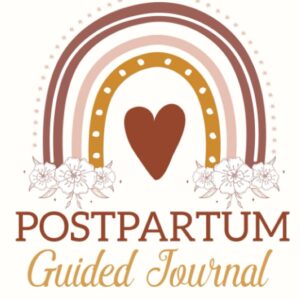




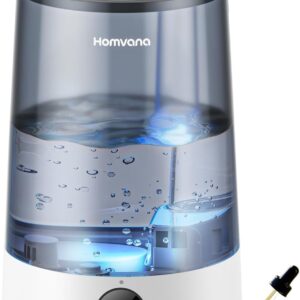
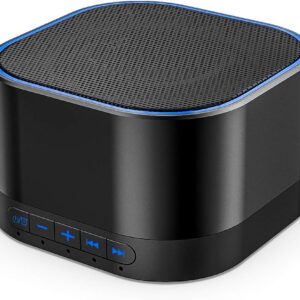


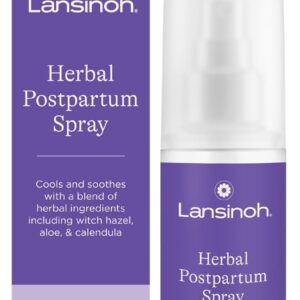
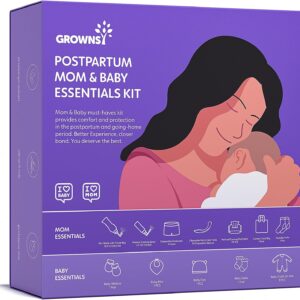


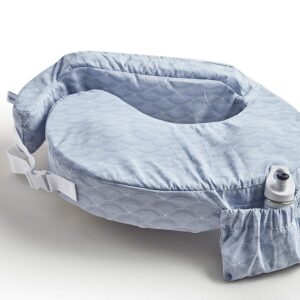
Add Comment